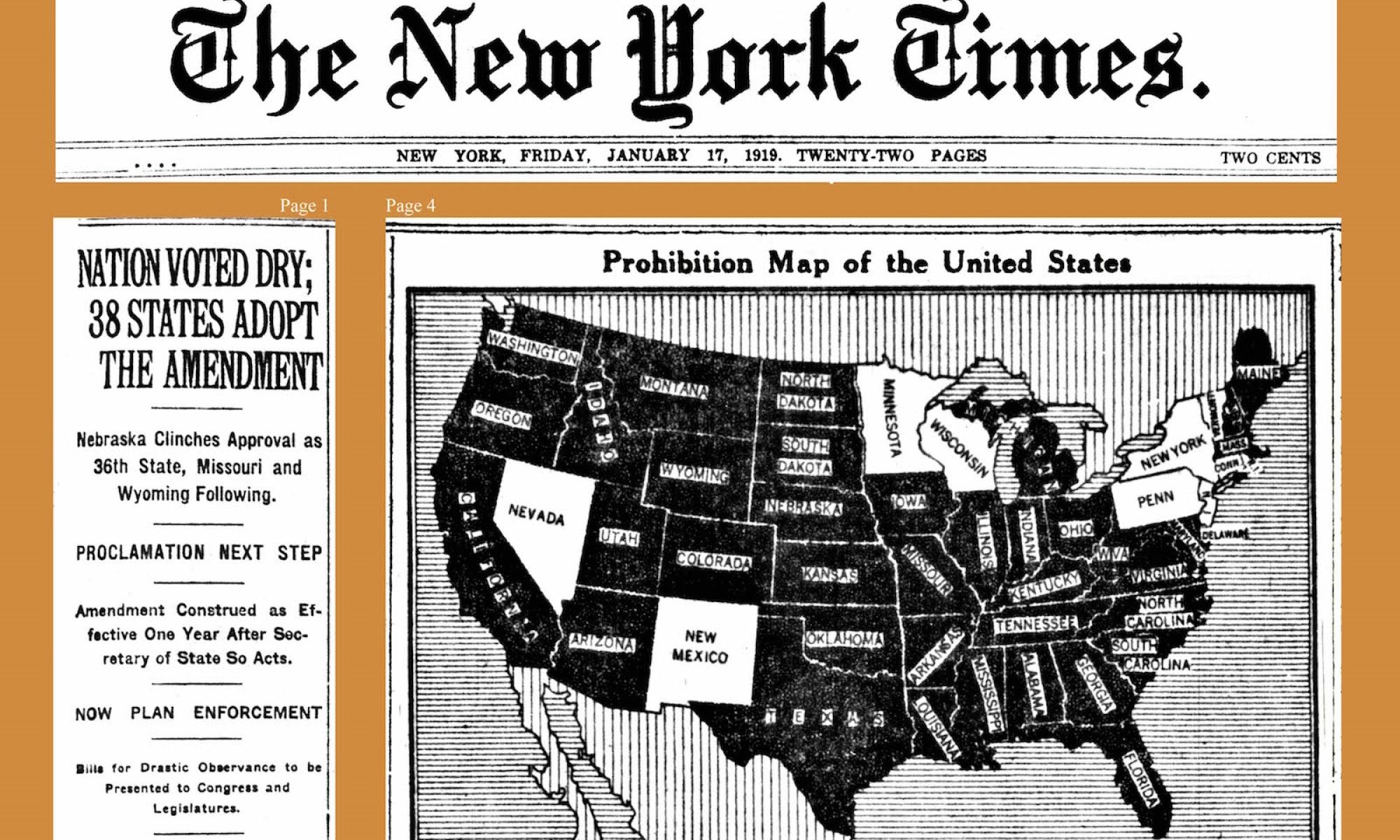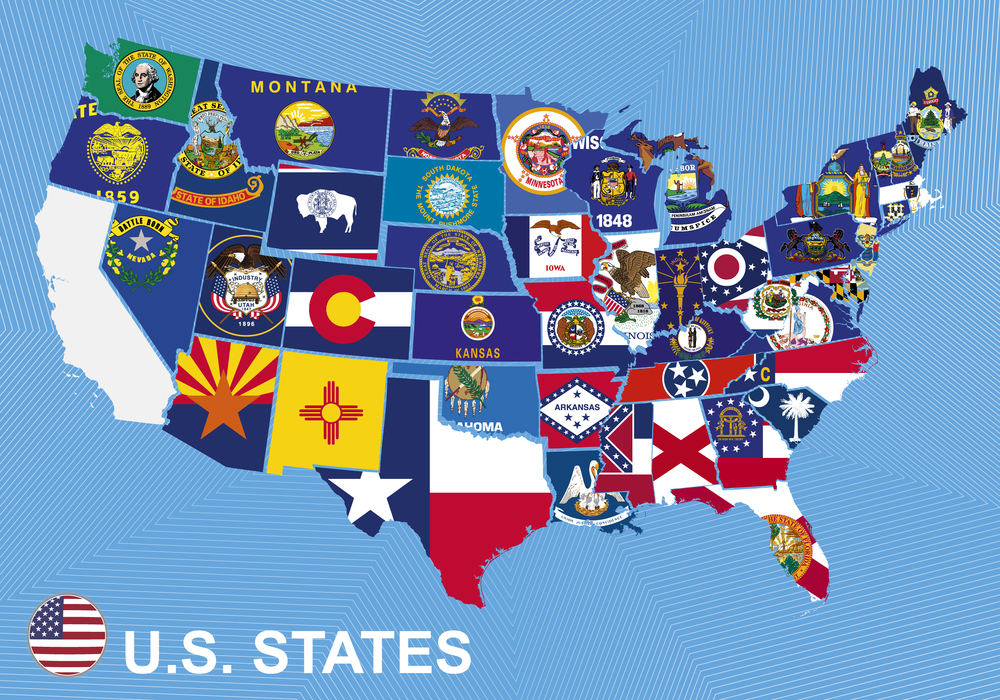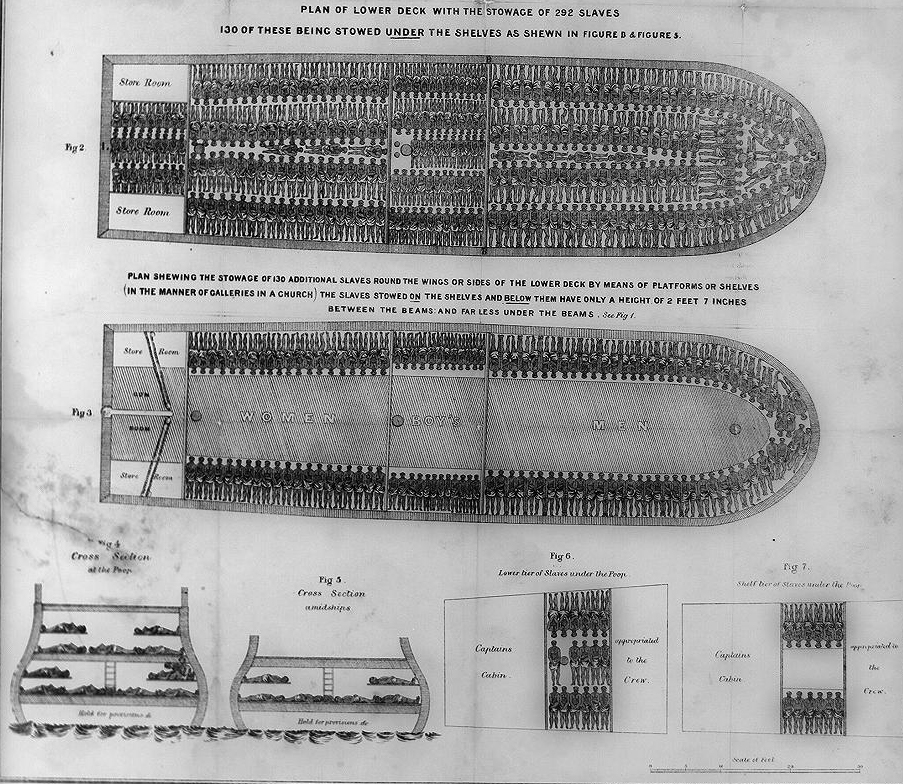On March 25 2025, President Trump signed an executive order to close the United States Department of Education (DoE). According to Secretary of Education (and former professional wrestling promoter) Linda McMahon, this was done in order to both (1) eliminate costly bureaucracy; and (2) return the role of education to states “where it so rightly belongs.”
But just how good is this reasoning? Let’s consider each of these claims in turn.
The first – that the DoE is an example of “bloated federal bureaucracy” – is, perhaps, the easiest to assess. The fact of the matter is that, despite providing 13.6% of all funding for K-12 public schools, the Department manages to run on a surprisingly slim staff of 4,200. That’s about 0.2% of overall federal employment, or one DoE worker for every 13,000 students. What’s more, their budget (much of which comprises the funding distributed to public schools) only accounts for 4% of all Federal spending. That’s less than the Department of Veteran’s Affairs, and a mere third of what the United States spends on defense.
Perhaps, then, the stronger reason for this executive order can be found in the claim that education should be the prerogative of states and local communities. There’s certainly something to this argument. In fact, it cuts to the very reason for the U.S. having a federalist system in the first place. A single “unitary” government might work well for my homeland of New Zealand (which is, in both population and land mass, roughly the size of Colorado). But such a system seems less suitable for larger populations over larger areas. The differences in culture, geography, resources, and economy found across the U.S. provide a good case for localized state governments having the power to legislate for themselves – with only certain aspects of law-making being overseen by the centralized federal government. And this kind of reasoning makes sense. A land-locked state built on a logging economy will have very different concerns to a coastal state built on tourism – and a federalist system allows those states to legislate according to their respective concerns.
The current administration’s position seems to be that the same is true of education. But there’s a reason we might reject this notion: namely, that there is a widely accepted right to education. Such a right is enshrined in Article 26 of the Universal Declaration of Human Rights, but we could argue that a moral right to education exists regardless of whether any law (domestic or international) recognizes it.
Many of our rights – such as the right to freedom of expression, and the right to bodily autonomy – are negative rights, or rights to non-interference. These rights create corresponding negative duties on others: duties to not interfere. My negative right to freedom of movement, for example, creates a negative duty on you to not interfere by getting in my way. Similarly, my negative right to bodily autonomy creates a negative duty on you to not interfere with my body.
But not all rights are negative. Some are instead positive. These are rights to be provided with certain things. Examples might include rights to things like adequate nutrition, water, clean air, and healthcare. These rights create corresponding positive duties on certain other people: duties to provide me with those things. Consider, for example, how a child’s positive right to adequate nutrition creates a positive duty on his parents to feed him.
If there is a right to education, then it’s positive – that is, it’s a right to be provided with something (not merely a right to not be interfered with). The current administration’s argument is that states are best placed to decide what, precisely, this right requires, and that this might differ from state to state. But here’s why that’s concerning: The content of a right (that is, what is required in order to ensure that the right is satisfied) is usually taken to be objective. Consider, again, a child’s right to adequate nutrition. There is an objective fact of the matter about what, precisely, this child’s diet needs to include in order to satisfy this right. And that will remain the case regardless of whether or not his parents think they are feeding him well enough. This objective analysis is precisely what allows us to critique the behavior of neglectful parents.
The very same is true of education. There is an objective fact of the matter about what kind (and amount) of teaching is required in order to satisfy a child’s right to education. And while this might vary across different kinds of learners, it holds true for all learners of that kind. Precisely where in the country (or even the world) a child finds themselves should make no difference.
What this means, then, is that there is no good argument for allowing states, communities, or even parents to subjectively determine what they feel is sufficient for their child’s education. Instead, it should be objectively determined – and universally administered. And this is precisely what something like a federal Department of Education is intended to do. Now whether or not such a centralized Department is, in fact, performing this role is an important – and secondary – consideration. But decentralizing education is not the solution. Such an approach greatly enhances the risk of error – of a state simply getting it wrong when it comes to figuring out what a child’s education requires. The worst-case outcome of such a system (and an outcome that is now likely as a result of the president’s executive order) is that children may receive wildly different educational experiences based on the sheer dumb luck of where they’re born.





